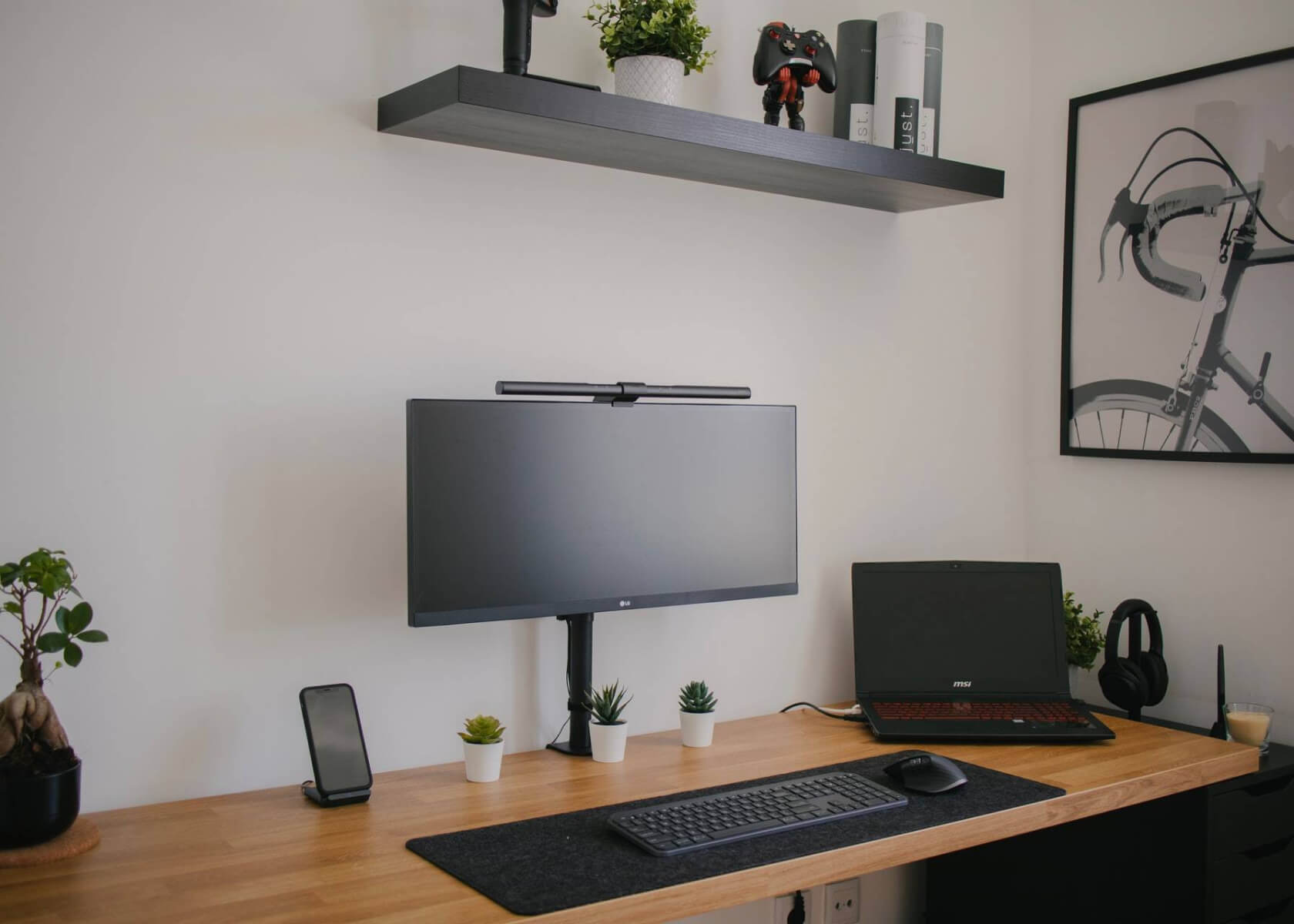Effective Time and Date Integration in Notion: A Comprehensive Guide

New to Notion?
How to Effectively Integrate Time and Dates into Notion Content?
Notion makes it easy to integrate time and dates into your content for better organization, tracking, and planning of tasks, events, and projects. With updated features and best practices, you can now manage deadlines, set reminders, and even sync with external calendars more effectively. This article explores the best practices for integrating time and dates into your Notion workspace.
Setting up Time and Date Properties
One of the foundational steps in integrating time and dates into Notion is utilizing Time and Date properties. These properties let you assign specific dates and times to blocks, pages, or databases. Notion now also supports additional options, such as setting reminders and adjusting time zones, ensuring you never miss an important event.
To set up a time or date property, follow these steps:
- Create a new block, page, or add a property to a database.
- Click on the + icon to add a property.
- Select Date from the property options.
- Customize the display format and, if needed, enable reminders using the clock icon.
Keyboard Shortcuts for Time and Date Entry
Notion offers several keyboard shortcuts that help you quickly insert time and date information, streamlining your workflow. These shortcuts save time and ensure that your entries are both accurate and dynamic.
Here are some essential keyboard shortcuts for time and date entry:
/date– Inserts the current date./time– Inserts the current time./today– Inserts a dynamic block displaying the current date, which automatically updates daily./tomorrow– Inserts a dynamic block displaying tomorrow’s date, also updating daily.
Using Relative and Absolute Dates
Notion caters to both relative dates and absolute dates, giving you flexibility depending on your needs.
- Relative Dates: These are ideal for tasks or events that are time-sensitive. Use the
/todayor/tomorrowshortcuts, or write expressions such as "in 3 days" or "2 days ago." Notion interprets these expressions relative to the current date, helping you plan tasks with deadlines that shift over time. - Absolute Dates: These refer to fixed dates that do not change. You can manually enter an absolute date using the date property’s calendar interface or use the
/dateshortcut for a one-time insertion.
Sorting and Filtering by Time and Dates
Notion's powerful database functionality lets you sort and filter content based on time and dates. This is invaluable when managing large amounts of data or when you need to view tasks and events chronologically.
To sort or filter by time and dates:
- Open the database containing your content.
- Click on the filter icon located at the top.
- Select the time or date property you want to work with.
- Choose your desired sorting order or apply specific filters based on your needs.
Calendar Integration
While Notion offers robust calendar views and embedding options, integrating with external calendar applications (like Google Calendar) still often requires third-party integration tools such as Zapier or Automate.io for two-way sync. However, you can embed a calendar view to visually manage your schedule all in one place.
To integrate your Notion calendar with an external application:
- Open the page or database containing the time or date properties you wish to sync.
- Click on the three-dot menu at the top right corner of the page.
- Look for the Sync option (or use an external integration tool) and follow the provided prompts to authorize and complete the connection with your chosen calendar application.
Conclusion
Effectively integrating time and dates in Notion enhances your ability to manage tasks, events, and projects across various platforms. By setting up time and date properties, leveraging convenient keyboard shortcuts, working with both relative and absolute dates, sorting and filtering information, and integrating with external calendars, you can create a powerful productivity system in Notion. Experiment with these features and adjust your workflow to best suit your needs for ultimate efficiency and organization.


